Rising Construction Activities
The concrete cooling market is experiencing a surge due to the increasing construction activities across the United States. With the construction sector projected to grow at a CAGR of approximately 5% over the next few years, the demand for concrete cooling solutions is likely to rise. This growth is driven by large-scale infrastructure projects, including highways, bridges, and commercial buildings. As these projects often require substantial amounts of concrete, the need for effective cooling methods to prevent thermal cracking becomes critical. The concrete cooling market is thus positioned to benefit from this upward trend, as contractors seek reliable solutions to ensure the integrity and durability of their concrete structures.
Climate Change Mitigation Efforts
The concrete cooling market is increasingly influenced by climate change mitigation efforts. As temperatures rise, the risk of thermal cracking in concrete increases, prompting the need for effective cooling solutions. The concrete cooling market is responding to this challenge by offering innovative cooling technologies that help maintain optimal temperatures during the curing process. This is particularly relevant in regions experiencing extreme heat, where the demand for cooling solutions is expected to grow. Furthermore, the market is likely to see an increase in investments aimed at developing sustainable cooling methods, aligning with broader environmental goals and regulations.
Government Infrastructure Investments
Government infrastructure investments are significantly impacting the concrete cooling market. With federal and state governments allocating substantial budgets for infrastructure development, the demand for concrete is expected to rise. The concrete cooling market stands to benefit from these investments, as large-scale projects often require advanced cooling solutions to manage the curing process effectively. For instance, the recent infrastructure bill has earmarked billions for transportation and public works, creating opportunities for concrete cooling providers. This influx of funding is likely to stimulate growth in the market, as contractors seek reliable cooling methods to meet project timelines and quality standards.
Increased Awareness of Quality Control
The concrete cooling market is benefiting from a heightened awareness of quality control in construction practices. As stakeholders recognize the importance of maintaining optimal curing conditions, the demand for concrete cooling solutions is likely to increase. This trend is particularly evident in high-stakes projects where the integrity of the concrete is paramount. The concrete cooling market is thus seeing a shift towards more rigorous quality assurance protocols, which include the implementation of effective cooling strategies. This focus on quality is expected to drive growth in the market, as contractors prioritize solutions that ensure the longevity and performance of their concrete structures.
Technological Innovations in Cooling Systems
Technological innovations are playing a pivotal role in shaping the concrete cooling market. The introduction of advanced cooling systems, such as chilled water systems and liquid nitrogen cooling, is enhancing the efficiency and effectiveness of concrete cooling processes. These innovations not only improve the quality of cured concrete but also reduce the overall costs associated with cooling. The concrete cooling market is witnessing a shift towards automation and smart technologies, which can optimize cooling operations based on real-time data. This trend is expected to attract more stakeholders, as companies seek to leverage these advancements to gain a competitive edge.


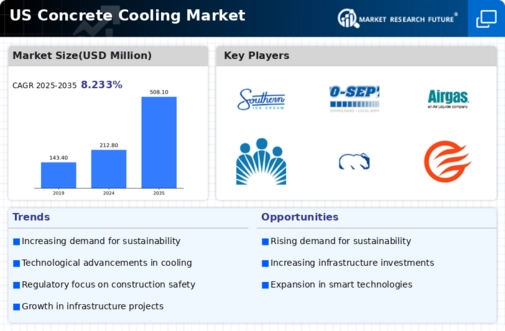
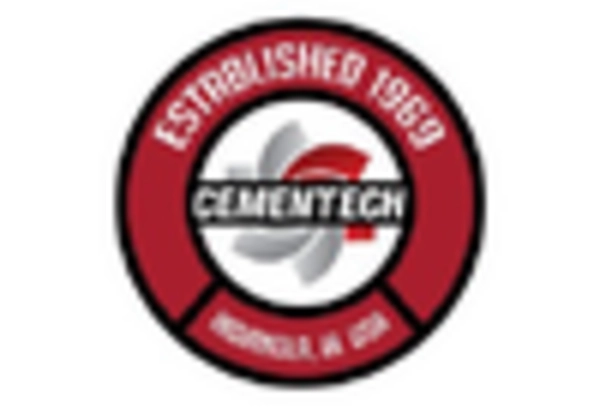
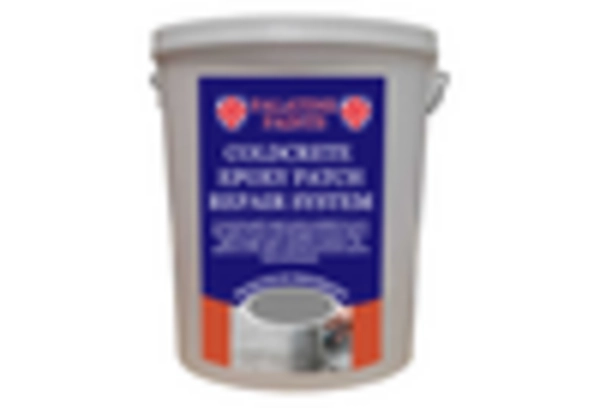
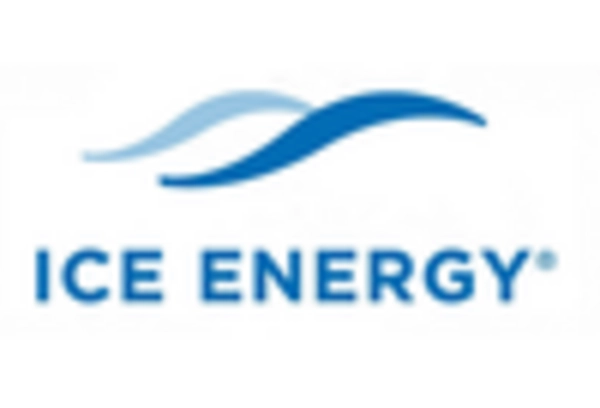
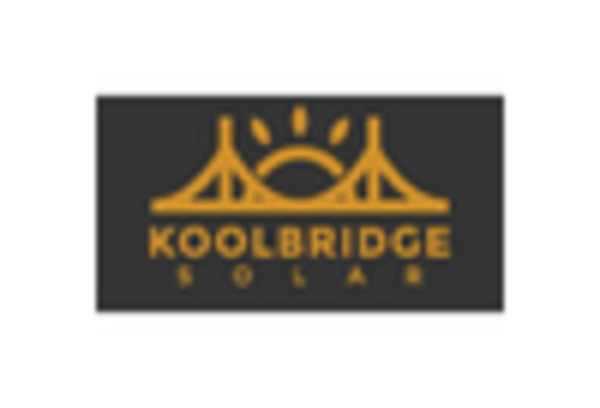










Leave a Comment